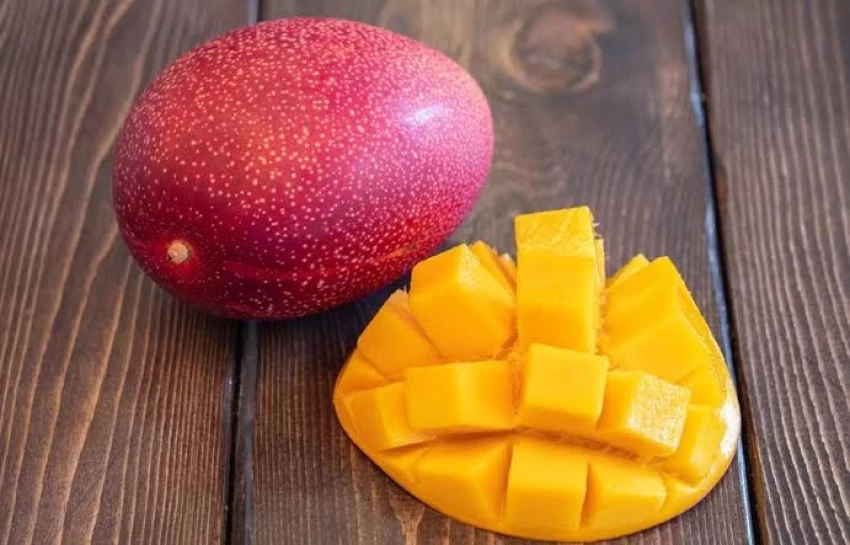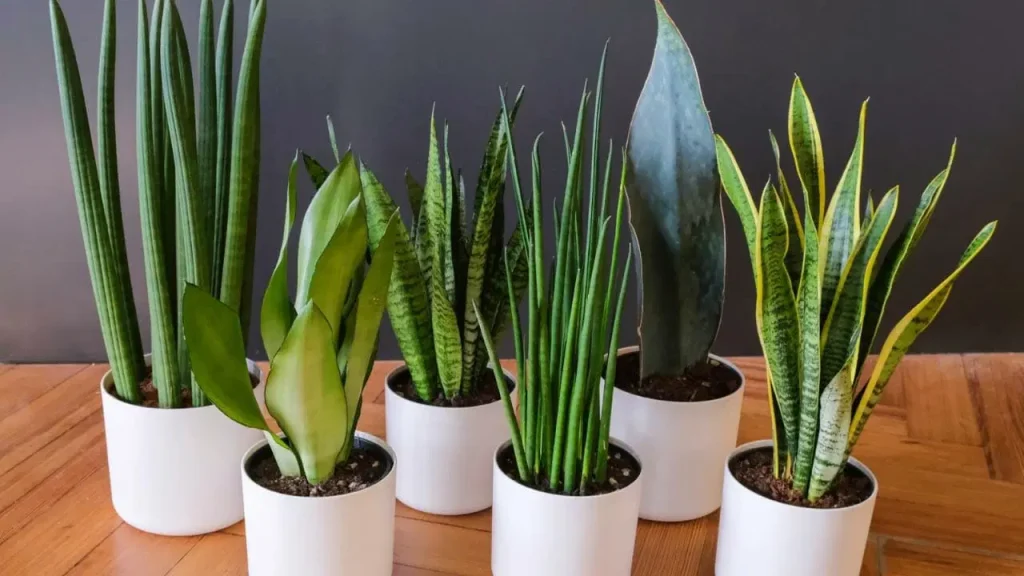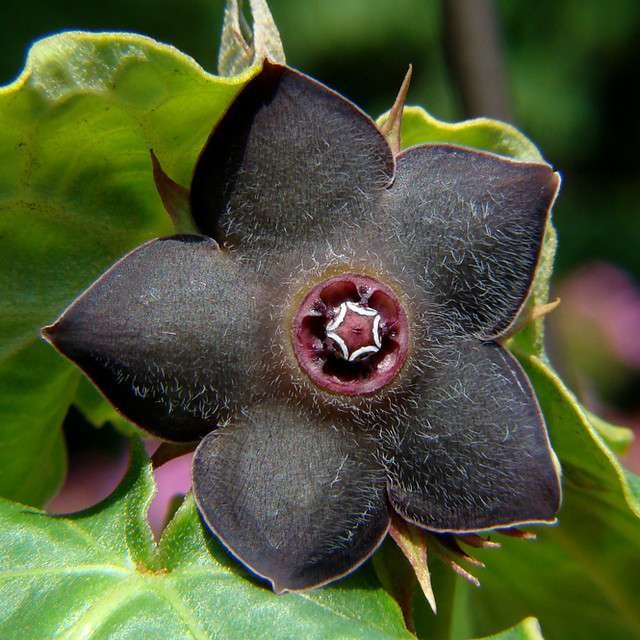Succulent Care During Dormancy
Succulent care during dormancy is all about minimalism and patience. Here’s a quick, practical guide to keep your plants healthy while they rest:
🌵 Dormancy Basics (Succulent Care During Dormancy)
Most succulents go dormant in winter (cold dormancy), while some (like certain caudiciforms and tropical species) go dormant in summer (dry dormancy) — depending on their native habitat.
💤 Top Dormancy Care Tips
1. Watering: Cut Back
-
Water sparingly or not at all. Once a month or less.
-
Only water if the plant shows slight wrinkling and the soil is bone-dry.
2. Lighting: Keep it Bright
-
Still needs bright, indirect light.
-
Avoid deep shade, even though growth slows or stops.
3. Temperature: Stay Cool
-
Ideal range: 5–15°C (41–59°F) for cold-dormant succulents.
-
Avoid freezing, but also avoid warm rooms which can disrupt dormancy.
4. No Fertilizer
-
Do not fertilize during dormancy. Resume only when new growth begins.
5. Leave Them Be
-
Don’t repot, propagate, or prune.
-
Let the plant rest — it’s recharging for active growth.
🧠Pro Tip:
If you’re unsure whether a succulent is going dormant, look for:
-
Yellowing or dropped leaves
-
Slowed or halted growth
-
Slight shriveling (especially in caudex types — totally normal)
Fockea, Stephania, and Brachystelma — all of which are summer growers and go dormant in winter.
🌞 March to October (Active Growing Season)
Watering:
-
Water regularly when the soil dries out — usually once every 7–10 days.
-
Ensure excellent drainage.
Light:
-
Bright, indirect light or light shade.
-
Avoid harsh afternoon sun, especially during peak summer.
Fertilizer:
-
Use diluted cactus or succulent fertilizer once a month.
Other:
-
Perfect time for repotting, propagation, and pruning.
-
Caudex plants will leaf out and may climb or flower.
â„ï¸ November to February (Dormant Season)
Watering:
-
Stop or reduce watering drastically. Once every 4–6 weeks if the caudex starts shriveling slightly.
Light:
-
Keep in a bright, dry spot indoors or under cover to avoid cold, damp conditions.
Fertilizer:
-
Do not fertilize.
Other:
-
No repotting or disturbing the roots.
-
Expect yellowing or leaf drop — that’s normal dormancy behavior.



